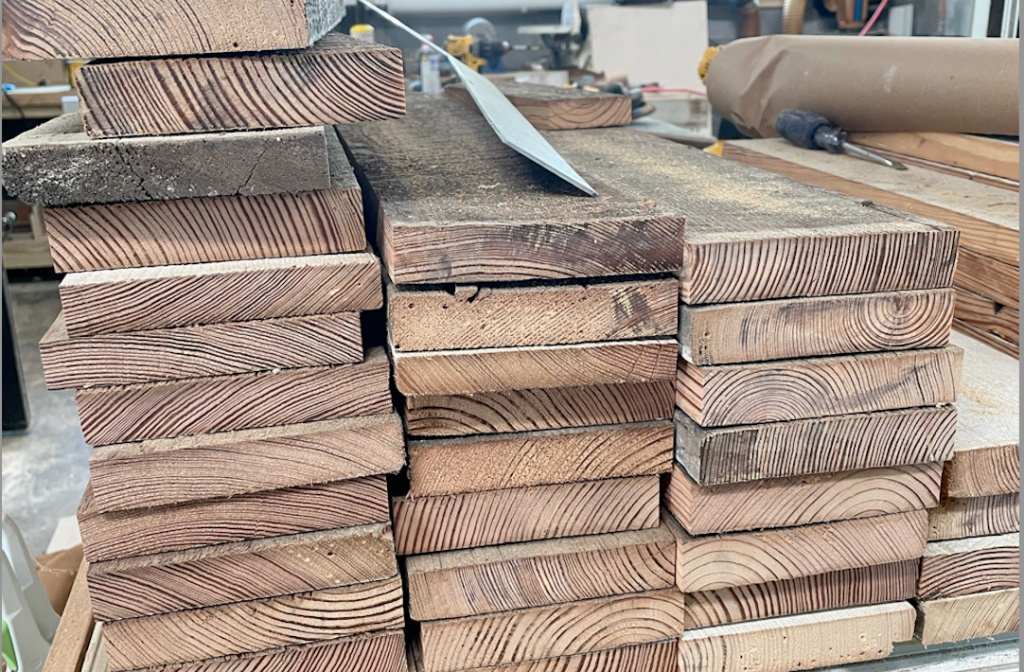
Sometimes luck shines her peculiar gaze upon us. Such was a chance conversation we had with one of our contractors last week. They were working in Beaufort renovating an 1832 historic home on the river. The owner had required the removal of old rough-sawn pine paneling so the walls could be better insulated and the interior replaced with sheetrock. We advised against the sheetrock, but they went ahead anyway.
This pine cladding was unusual stuff. It was pristine wide-planked heart pine, apart from the nail holes and a coating of milk paint. Resinous, heavy, old, slow-growth pine. Pine with a beautiful smell and tight old growth pattern. In our years of historic renovations in Charleston, Beaufort, and Bluffton, we seldom come across such a treasure trove.
How Could we put it to use?
On occasion, it’s not what we have that makes a mark; it’s what we do with it. In this instance, we did not have enough for its reuse as flooring or even paneling for a moderate-sized room. We do, though, need rustic shutters to adorn our Southern Barn building project in Palmetto Bluff. What better than 200-year old-growth heart pine, wood that was probably a sapling long before the first Europeans settled here. But could we work this wood?
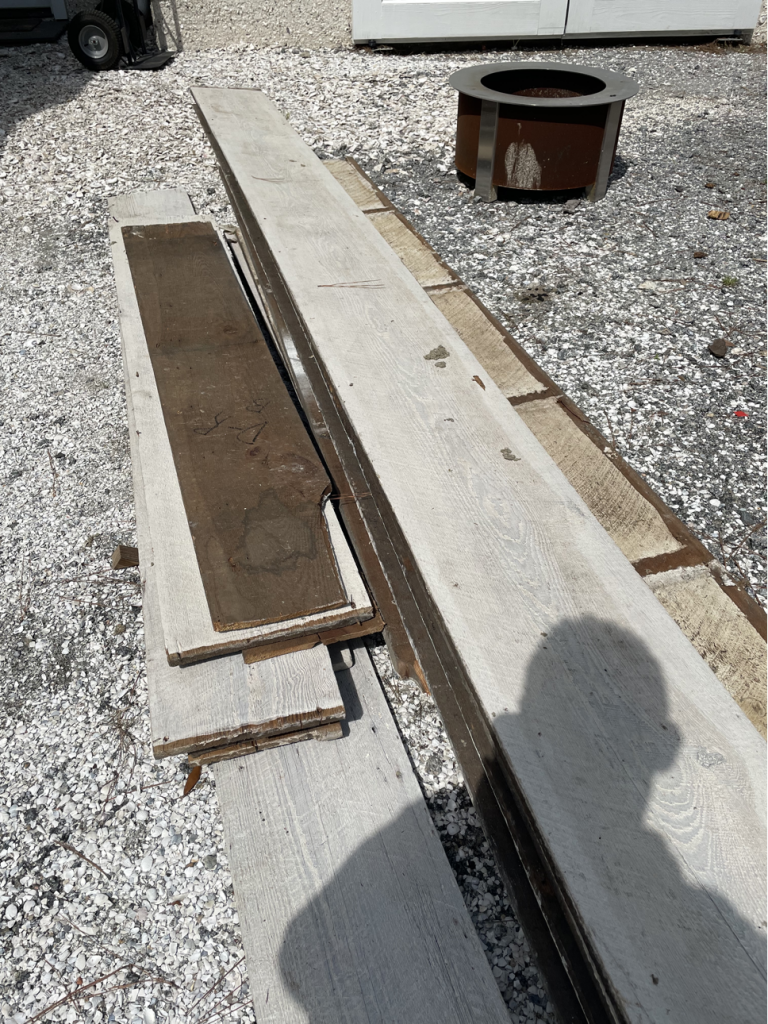
The first rule of the day was to de-nail it all, removing a considerable amount of hand-cut nails. We then reduced the stock to 4-5″ planks, selecting the better, less damaged pieces. Scrap, we then recycled and reduced to 3 1/2″ planks. We needed shutters 24″ and 56″ in length. Wide stock was cut for 56″ shutters, then the remaining stock and short scrap cut for 24″ shutters. By always cutting wide and long lengths before smaller ones, we managed to use offcuts and gain the most from what we had.
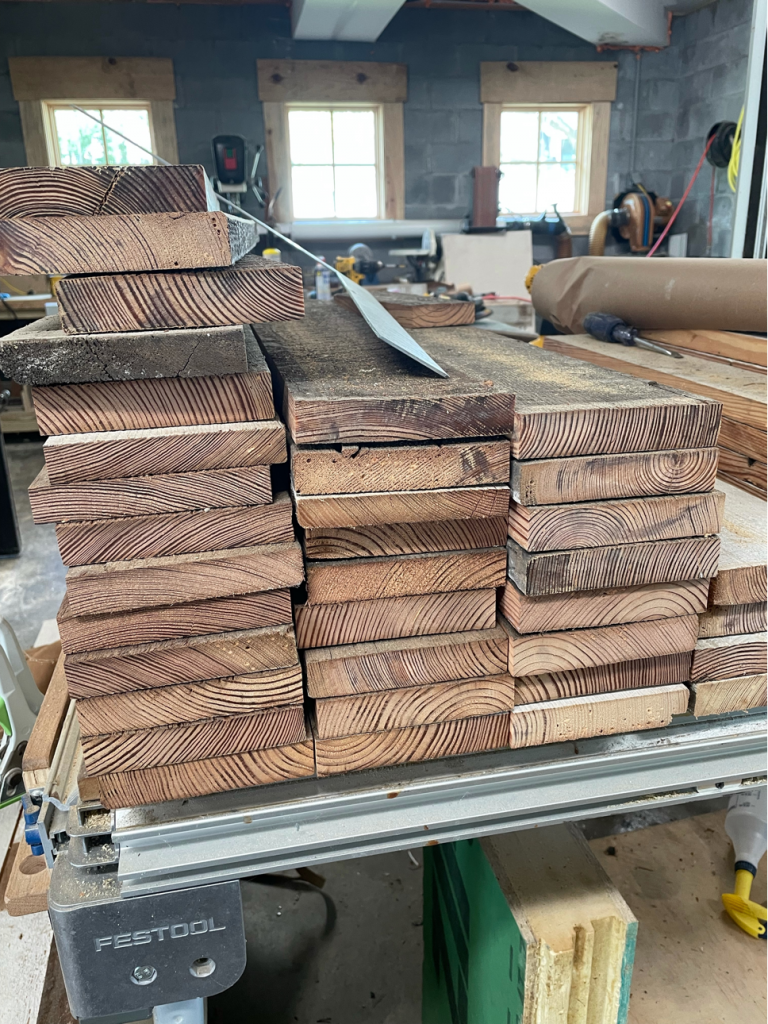
The thickness varied from 3/4 to at most 5/4″. So the heavier stock was then processed on a planer-thickneser to reduce it to a more or less constant 3/4″. We were cutting on one side only to preserve the significant patina. Heart pine shavings are very aromatic. It is a wonderful material, even after 200 years. Boards were then further hand-planed, adding a bevel on all edges before being assembled into shutters in a “ledged and braced” design.
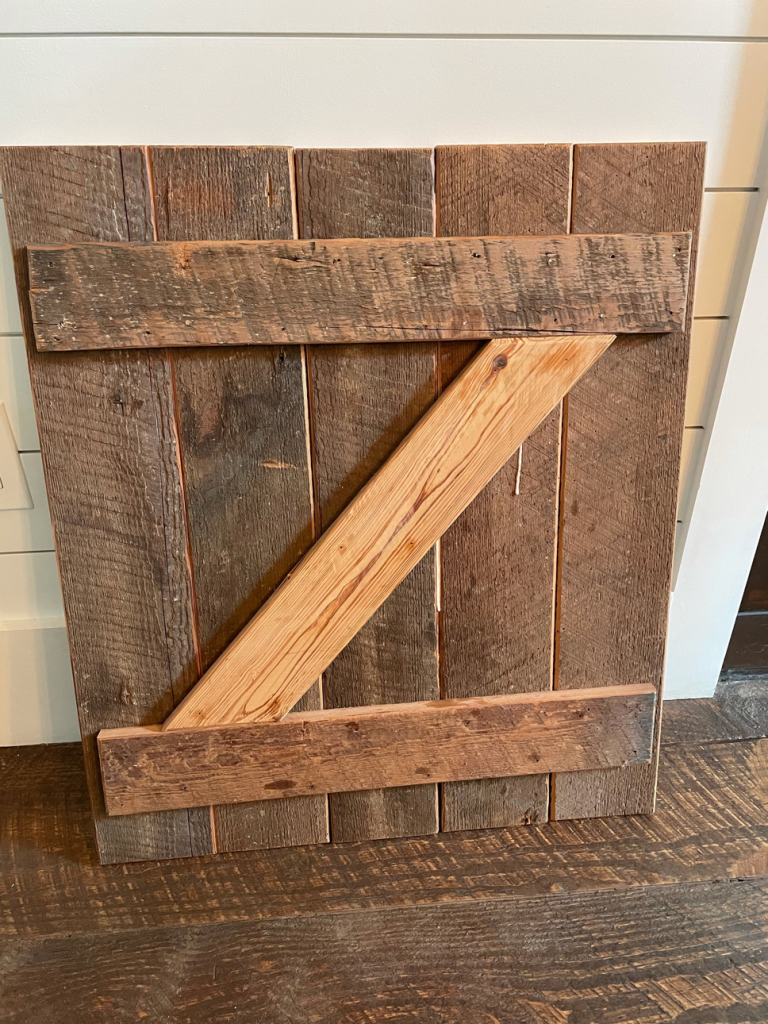
A Family Team
We took this process on as an assembly line. Me, our No 1 Son Jeff (visiting from the UK), and our No 3 son Rhys all working diligently.
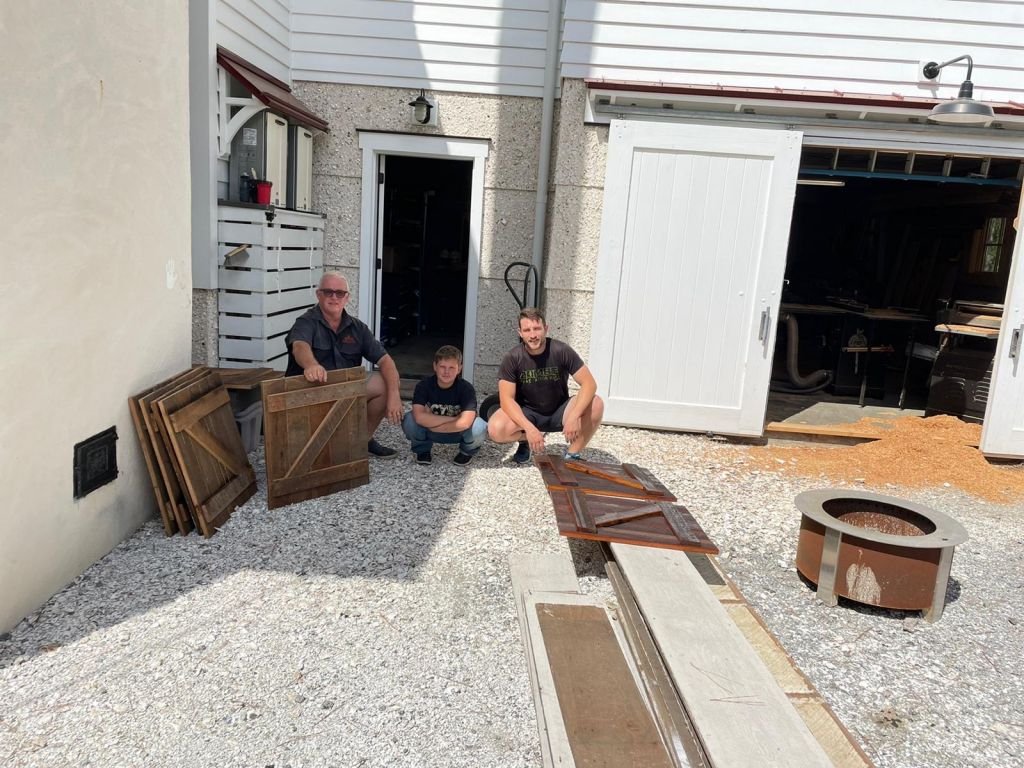
On occasion, we were unable to retain the patina on otherwise sound sections of wood. Rather than waste them, we set about adding our own patina with a small blow torch bringing out the grain patterns by burning the softer sapwood. Lastly, we applied two generous coats of walnut deck stain, further protecting and darkening this old resinous wood.
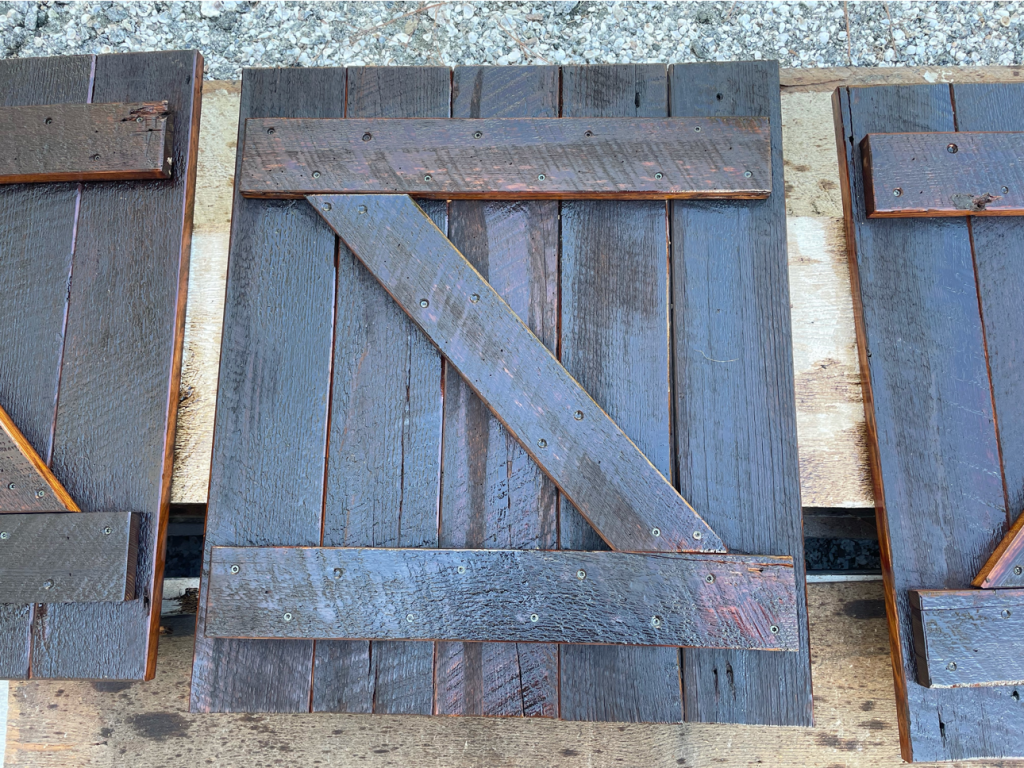
The result of a little bit of lady luck plus the chance for a family DYI project, and the sweat equity that comes with doing a job by hand, is 16 historic heart pine shutters for our custom barn project in Palmetto Bluff.
Project Totals
Scrap wood – $0.00
Delivery – $300.00
De-nailing – $200.00
Exterior grade screws – $45.00
I’ll let you all come to your own conclusion of the final result. We were happy to have made a memory and saved a little piece of history from the dumpster. The installation, set for a few months from now as the construction of our custom Modern Barn project continues, and these shutters will be among some of the finishing details.
Building custom homes in Palmetto Bluff is not difficult if you understand the process. Our firm, Simplified Construction, has been awarded the highest approval category for building locally within the Palmetto Bluff development, providing our clients with the reassurance that we are indeed experts at the intricacies and regulatory demands of the design-build process. If you consider building your own home, let us work with you to make it happen quickly and cost-effectively.
Follow this blog series:
Building in Palmetto Bluff: Rains Came and Drainage Problems Appear
Building in Palmetto Bluff: Preventing Sources of Moisture in a Humid Climate
Building in Palmetto Bluff: A Cottage and Boathouse Come to Life
Building in Palmetto Bluff: Steps to Permitting & Site Prep
Building in Palmetto Bluff: Applying New FEMA Flood Requirements to Design
Palmetto Bluff: 4 New Builds Begin & Modern-Style Barn Design
Palmetto Bluff: Cost Estimations as a New Investment Project Begins
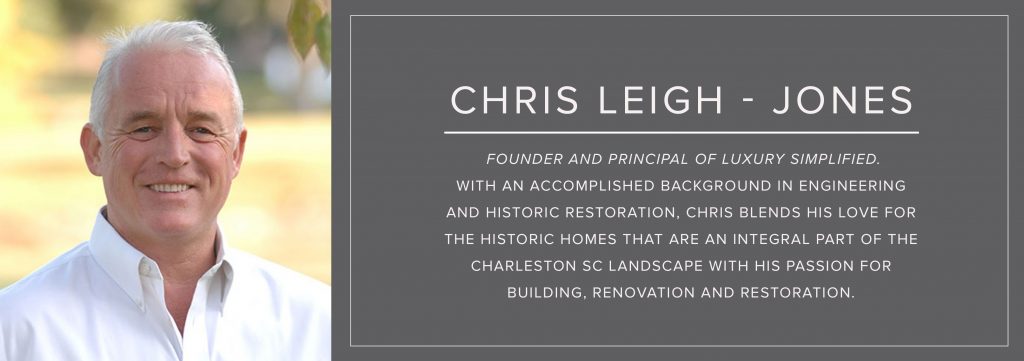
Interested in Learning More?
Our expert teams - from development, investment, real estate, and property management - have experienced it all and have the insight to help you along the way.
Find Out More